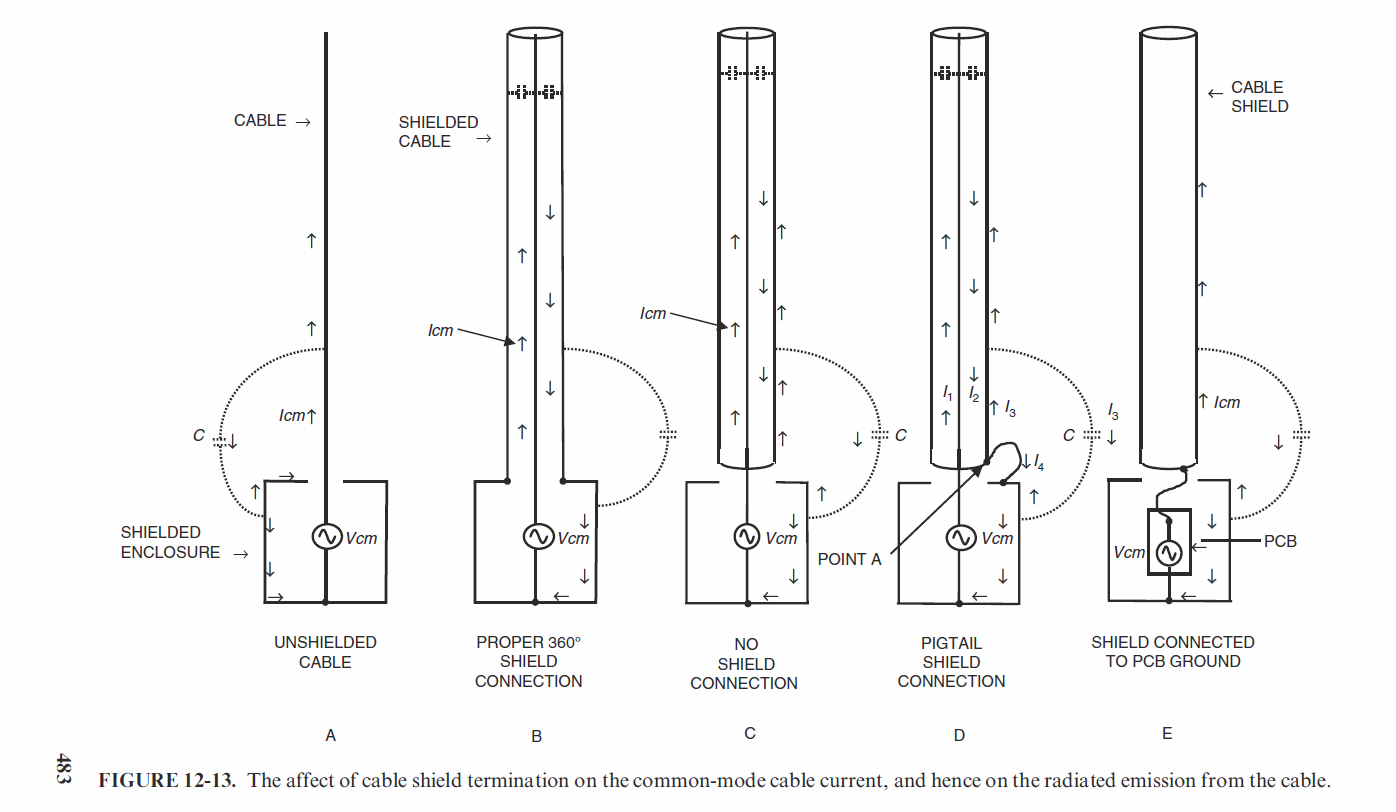I am no expert in audio equipment, but to educate myself I have been studying. In the process, I came across a video which tests the audio frequency shielding of a purported shielded video cable. (I cannot attest to the fact that it is indeed a video cable, and I hope that I am not going down a rabbit hole). Anyway, the shielding was not very effective at audio frequencies. (Throughout, I am referring to shielding from electric fields, not magnetic.)
At first, this made sense to me. I reasoned as follows. The shielding is too thin. At video frequencies, the skin depth is very small, so a thin foil might still be several skin depths deep. However, at lower frequencies, that same foil might be less than a skin depth deep. Skin depth is known to be a factor in the effectiveness of shielding. Case closed. Or is it?
Upon further consideration, I am unsatisfied that the thinness of the foil in relationship to skin depth can explain why a video cable's shielding might be inadequate for audio.
Surely we can shield against DC without a foil as thick as N number of DC-skin-depths! Even at 60 Hz, the skin depth of (probably) aluminum, is much too thick for the effectiveness of shielding to depend upon skin depths. It is true that high frequency electric fields are exponentially attenuated when passing through a conductor, and this attenuation is related to the number of skin-depths of penetration. However, the skin depth for audio frequency electric fields is too large to account for the shielding effect of conductive foil. Rather, it is the low impedance pathway to ground that the foil provides that accounts for the shielding effect (at least as far as I can tell).
So, I next considered that perhaps the resistance of the foil is too high. But the length of cable used was small, and I don't believe it was driven with high current (though I can't attest to that). So I'm inclined to believe that foil resistance is not a significant factor here.
That leaves me mystified. Perhaps the video is not revealing important details or misrepresenting the facts. Perhaps there is a big gap in my understanding.
Is it true that a cable which is adequately shielded for MHz signals might be inadequately shielded for use as an audio cable?
If so, what is the mechanism that makes the shielding inadequate for audio frequencies?
Clarifications and concerns.
Regarding DC shielding. It is true that a DC electric field does not cause "noise". However, it is a well-known fact that in the electrostatic case, the electric field inside a cavity surrounded by a conductor is 0. That is, the electrons re-arrange themselves on the outer surface of the conductor to make the internal field zero. I have never heard, nor do I believe, that this effect requires a certain thickness of the conductor. So, shielding at DC, even though it is unimportant for preventing noise, illustrates, what I believe to be a fact, namely, that skin depth is not a factor for low frequency shielding.
Regarding the "inductive" pickup used in the video, I am quite sure it is not a magnetic pickup, but an electrostatic one. It appears to be similar to what is used in "fox and hound" tracing of wires through a wall. There are also do-it-yourself sensors that can be made with a FET and a short piece of wire (connected to the gate). These work by capacitative coupling to an electric field, not magnetic coupling.
Regarding the video maker allegedly failing to ground the shield. I considered this possibility, but given that the video maker knows at least a thing or two about audio, if he didn't ground the shield, it would have had to be intentionally deceptive. I also considered that possibility, but I just don't buy it. However, even if the video is a "fake" demonstration, the question still remains. Can a cable which is adequately shielded for video be inadequately shielded for audio? And if so, how does that work?
Regarding the use of unbraided wires as shielding, and consequently holes for EMI to pass through: First, I can't believe that such a cable would be useful at video frequencies. However, if it were, I would still wonder how it could have less shielding at audio frequencies. The electrical wavelength at audio frequencies is just too great. EMI passing through holes in a shield depends upon the wavelength of the EMI being less than the longest dimension of the hole. The cable itself is only a tiny fraction of an audio frequency electrical wavelength.
That brings me to magnetic fields vs. electric fields. At audio frequencies, the electrical wavelength is great. Therefore, we are almost certainly dealing with near field effects, rather than far field effects. In near field, the ratio between electric field and magnetic field is not governed by the nature of space itself (as it is in far-field), but by the nature of the transmitting antenna. Is the antenna mostly creating a (near field) electric field? Or a (near field) magnetic field? Again, by the nature of the pickup that the video maker was using, I think the lack of shielding that he was ostensibly detecting was primarily electric field in nature.




